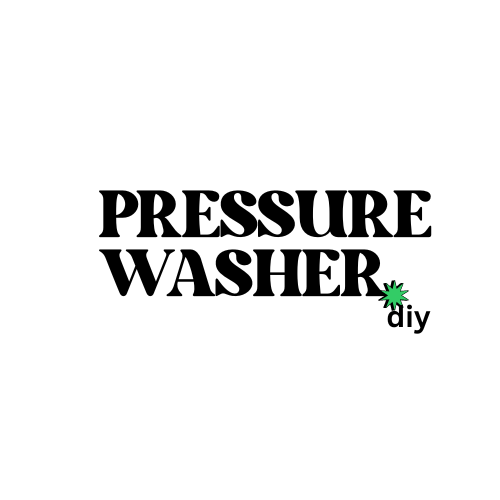Pressure washers are powerful tools that make cleaning tasks easier, but they can also be prone to issues like leaks at the quick connect fittings. These leaks can be frustrating, as they can reduce the efficiency of your pressure washer and even lead to water damage if left unaddressed. In this comprehensive guide, we’ll explore the common causes of pressure washer hose leaks at the quick connect and provide step-by-step solutions to help you fix the problem.
Causes of Leaks at Quick Connect
1. Damaged or Missing Gasket
The quick connect fittings on your pressure washer hose rely on a gasket to create a tight seal. Over time, this gasket can become damaged, worn, or even go missing, leading to leaks. The gasket is typically made of rubber or a similar material and is responsible for creating a watertight seal between the hose and the quick connect fitting.
2. Worn Out O-Rings
In addition to the gasket, quick connect fittings also use O-rings to seal the connection. These O-rings can wear out over time due to exposure to water, chemicals, and the high pressure of the pressure washer. When the O-rings become worn, they can no longer create a proper seal, resulting in leaks.
Solutions to Fix Leaks at Quick Connect

1. Replace O-Rings
Replacing the O-rings in your quick connect fittings is often the most effective solution to stop leaks. Here’s how to do it:
- Use an O-ring picker or a small flathead screwdriver to carefully remove the old O-ring. Be careful not to damage the fitting.
- Inspect the fitting to ensure it is clean and free of any debris or damage.
- Apply a small amount of silicone-based lubricant to the new O-ring before installing it.
- Gently press the new O-ring into the fitting, making sure it is properly seated.
It’s a good idea to keep a few extra O-rings on hand, as they are inexpensive and can be easily replaced as needed. You can purchase O-rings in bulk (e.g., 10- or 20-packs) for convenience.
2. Inspect and Clean the Fittings
Over time, the quick connect fittings can become clogged with dirt, debris, or mineral buildup, which can prevent a proper seal and lead to leaks. To address this issue, follow these steps:
- Disconnect the hose from the pressure washer and the quick connect fitting.
- Inspect the fittings for any visible damage or debris.
- Use a small brush or a rag to gently clean the fittings, removing any dirt or buildup.
- Rinse the fittings with clean water to ensure they are free of any residue.
- Dry the fittings thoroughly before reconnecting the hose.
3. Tighten Fittings Properly
Ensuring the quick connect fittings are tightened properly is crucial to preventing leaks. Hand-tighten the fittings securely, but avoid overtightening, as this can damage the O-rings and lead to further leaks.
Additional Tips
Use the Correct O-Ring Size
When replacing the O-rings, make sure to use the correct size for your quick connect fittings. Common sizes include 1/4″ and 3/8″, but the size may vary depending on your pressure washer model. Refer to the manufacturer’s specifications or measure the existing O-rings to ensure you get the right replacement.
Use a Pick Set
A pick set, which includes a variety of small, pointed tools, can be very helpful in removing old, stuck O-rings from the quick connect fittings. These tools allow you to gently pry out the O-rings without damaging the fittings.
Maintain Your Pressure Washer
Regular maintenance of your pressure washer, including inspecting and cleaning the quick connect fittings, can help prevent leaks and other issues. Follow the manufacturer’s recommended maintenance schedule to keep your pressure washer in top condition.
Technical Specifications
O-Ring Materials
O-rings can be made from a variety of materials, each with its own advantages and disadvantages. Common materials include:
- Rubber: Affordable and provides good sealing, but may not be as durable as other options.
- Nitrile (Buna-N): Offers excellent chemical and oil resistance, making it a popular choice for pressure washers.
- Viton: Highly resistant to chemicals, heat, and compression, but more expensive than other options.
Fitting Sizes
Quick connect fittings for pressure washers typically come in two common sizes: 1/4″ and 3/8″. The size you need will depend on the specific model of your pressure washer and the diameter of the hose. Measure the existing fittings or consult the manufacturer’s specifications to ensure you get the correct replacement parts.
Reference Links
- Pressure Washer Hose Leaking at Quick Connect
- How to Fix a Leaking Pressure Washer Hose
- My Quick Connect Fitting is Leaking Whenever I Use My Pressure Washer
- Pressure Washer Hose Leaking at Quick Connect
- Advice Please to Stop Leak on My Pressure Washer at the Hose Connection
By following the steps outlined in this comprehensive guide, you can effectively diagnose and fix leaks in your pressure washer’s quick connect fittings, ensuring your pressure washer operates at peak efficiency and preventing water damage. Remember to always prioritize safety and follow the manufacturer’s instructions when working on your pressure washer.
